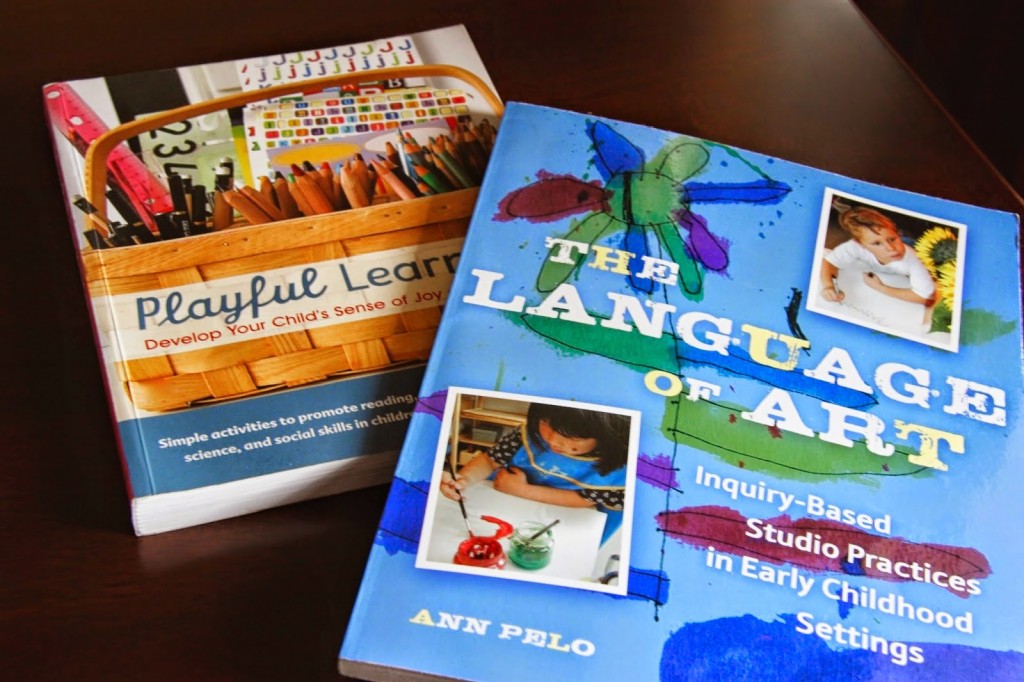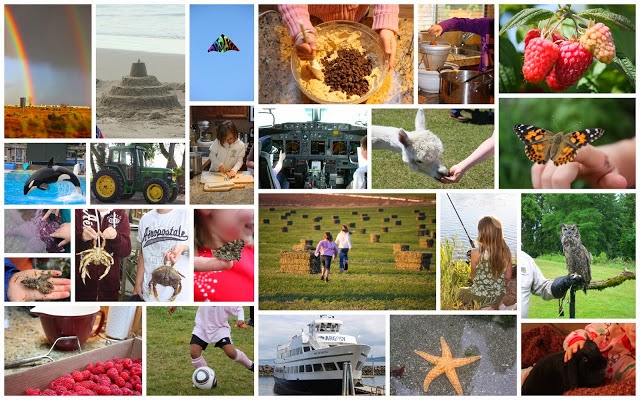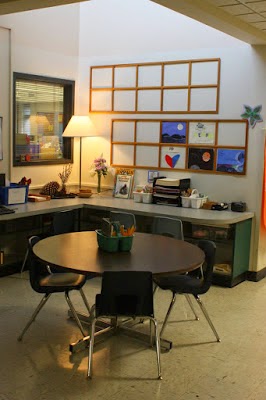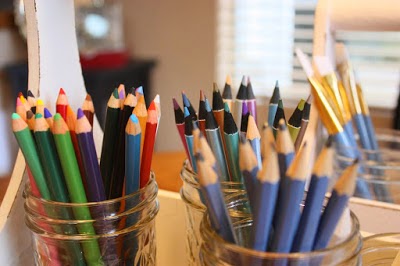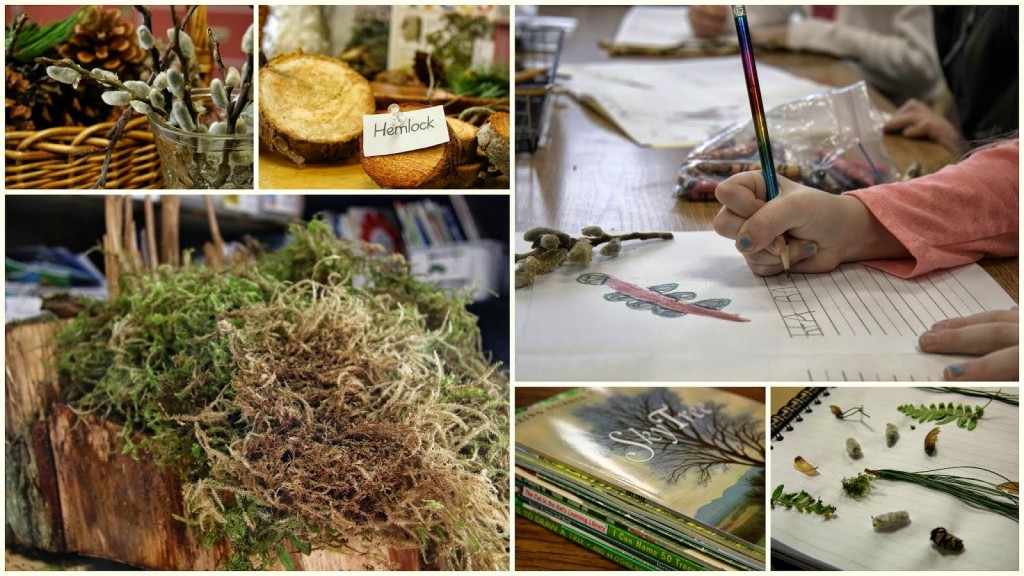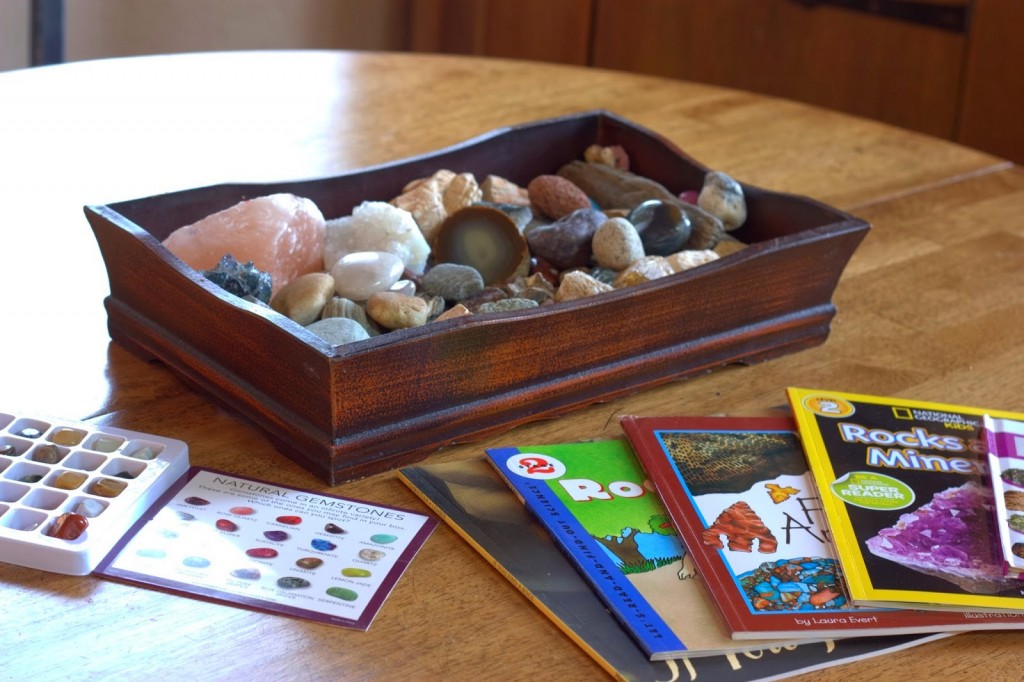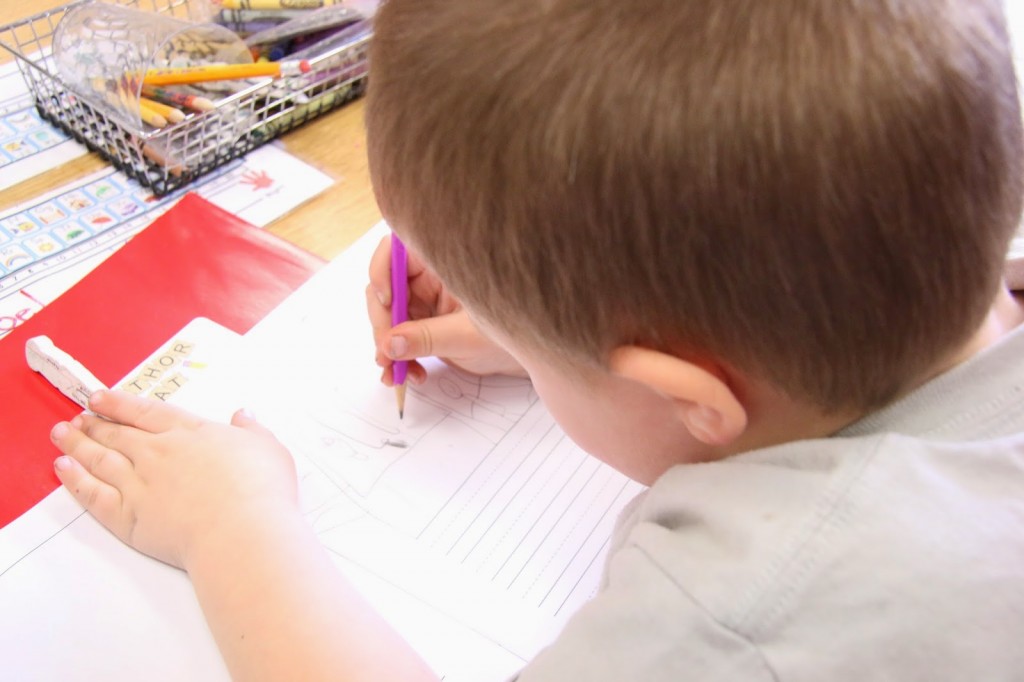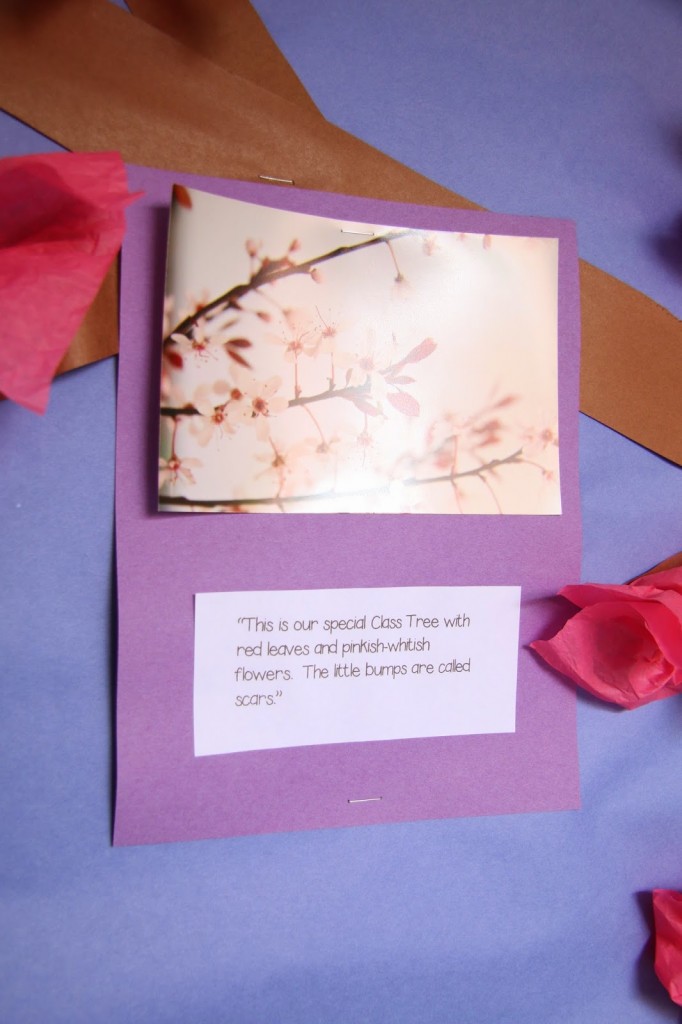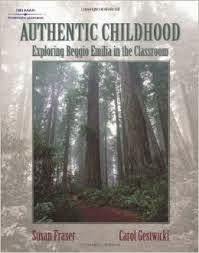
I’m still on Cloud 9 after Peter Reynolds, author of Ish and The Dot, let me know that he tweeted my Reggio Emilia post. He even commented on my blog post. It said, “Fantastic! This is such a great intro to the Reggio approach… everyone who interacts with children should read your blog. It will inspire people to dig deeper into this inspired approach to nurturing children’s gift, thinking, talents. Thank you again for sharing!”
How awesome is that? Well, I had a few people let me know that they had no idea what the Reggio Approach is and don’t have kids at home, so they don’t know children’s book authors either. Even though I usually stick to gardening, cooking, decorating, cleaning, and sewing posts on this blog, I thought I’d share a little about Reggio Emilia and some books by Peter Reynolds. I have written about both of these on my other blogs.
Here is the original Reggio Emilia post that Peter Reynolds tweeted yesterday:
Reggio Inspired
Have you heard of Reggio Emilia, Italy? I remember hearing a bit about this place when I was doing my undergraduate work, at Seattle Pacific University, in the 90’s. I was introduced to Reggio Emilia again in about 2000, when I was working on my Master’s in Reading and Literacy. The introductions were brief, maybe just a paragraph or two in a book. About 8 years ago, I was chatting with a friend about typical teacher stuff and she was telling me about someone she knew who was going on a Reggio Emilia study tour. That little conversation sparked my curiosity again. I remembered hearing something about schools in Reggio Emilia, but didn’t remember what made them significant. My reading about the Reggio Emilia approach started at that moment.
I started by reading Authentic Childhood, Exploring Reggio Emilia in the Classroom.
I discovered a favorite book about teaching art in a Reggio inspired manner.
Then, I discovered Playful Learning. It was like lights shining down from Heaven and angels singing.
I signed up for an online class in Creating Playful Spaces and started organizing my home and classroom differently. I told families about the book and classes and showed them specific examples of how to incorporate Playful Learning into their homes. It was right about that time, that I decided to create Love, Laughter, and Literacy. An early childhood literacy blog was just the thing I needed to help me really dive into issues and trends as well as support families.
So what does it mean to be Reggio Inspired? And what’s the story behind this type of learning?
The town of Reggio Emilia was virtually destroyed after WWII. The people living in the town didn’t want to wait for their government to figure out how and when to rebuild their schools, so they decided to do it themselves. Brick by brick, and book by book, they built their schools. They did it the way they knew schools and education should be built… with kids at the forefront. This would be an approach to education that challenged and accepted the gifts that all kids brought with them each day. We often talk, in education, about meeting the needs of the children. In Reggio Emilia, kids are viewed as people who bring their own unique gifts and talents to the classroom, not just empty vessels ready to be filled. Teachers in Reggio Emilia don’t “meet the needs” of their kids, they create experiences that enhance the gifts that each child brings.
Reggio Emilia schools help children learn in different ways from traditional American schools, but have inspired many to try their methods. Reggio Inspired schools were born and study tours were developed to help educators learn more about the schools. A Reggio inspired school is one where the teacher understands learning to be grounded in experience. The environment is considered the third teacher and teachers set up a space that encourages inquiry. (Two teachers reside in each classroom.) Every space is created in a manner that engages students and parents. There are many more elements that make Reggio schools special, such as integration of transparency, the Hundred Languages of the Child, making learning visible through documentation of learning, and the amazing Ateliers and focus on the arts.
I’m taking baby steps toward my own Reggio Inspired classroom and home life. Our homelife is grounded in experiences.
My classroom, in my old school, had a designated Atelier, although there is not enough space in my new building.
Even without this dedicated space, there is still a focus on the arts in my kindergarten class.
I am introducing more inquiry based learning into my classroom too.
You can see more photos of these projects by searching Instagram for #CTInquiry and #allaboutinquiry.
I’ve been specifically focusing on my documentation of student learning through photography this year and it’s been an amazing process.
I’m certainly not “there” yet, but I’m inching closer. (The schools in Reggio Emilia weren’t built over night and my Reggio Inspired classroom can’t be built that quickly either.) High on my list of priorities is a study tour to Reggio Emilia. I would LOVE to go in the next year or two… we’ll have to see about that. Meanwhile, I will keep reading and getting more inspiration. I’m excited about a new documentation process that is coming to our school, called WAKIDS, and the possibilities for transforming my environment and structure to fit the needs of center based/inquiry based learning. In my vision, it all blends together perfectly. Only time will tell if I can actually make that happen!
If you know me from the educational setting, you’ve probably heard me talk about the Reggio Approach many times. In fact, I think I see eye rolls once in a while when I bring up a new Reggio book I’ve been reading. I’m inspired to make changes to my own class, but I also see a need for change in our entire system of education. I was chatting with my principal yesterday and we were talking about the big push to get kids “college and career ready” but I think the entire system of education needs to define what that really means. Careers are different than they were 20 years ago and they will be MUCH different when my kindergartners graduate from high school or college. Are we really doing our kids a favor by forcing them to conform to the “standards” that we expect and testing them based on those standards. (Yes, I believe that having common standards to teach toward is a good thing, but that getting to those standards needs to look different for every child. In addition, I DO NOT think that standardized tests are the way for YOUNG children to demonstrate their learning. Don’t get me started on that!)
Kate, at An Everyday Story has a great description of the Reggio Approach on her blog. Click on the picture below (photo from her blog post) to take you there.
I hope you are as inspired as I am to look more closely at the Reggio Approach. It has changed my image of the child and deepened my understanding of how kids learn.
Happy exploring!
And here is my original post on Peter Reynolds’ books. It was so awesome to see that he read my blog post and appreciates my work! It’s a teacher/blogger’s dream come true!
Art-Ish

